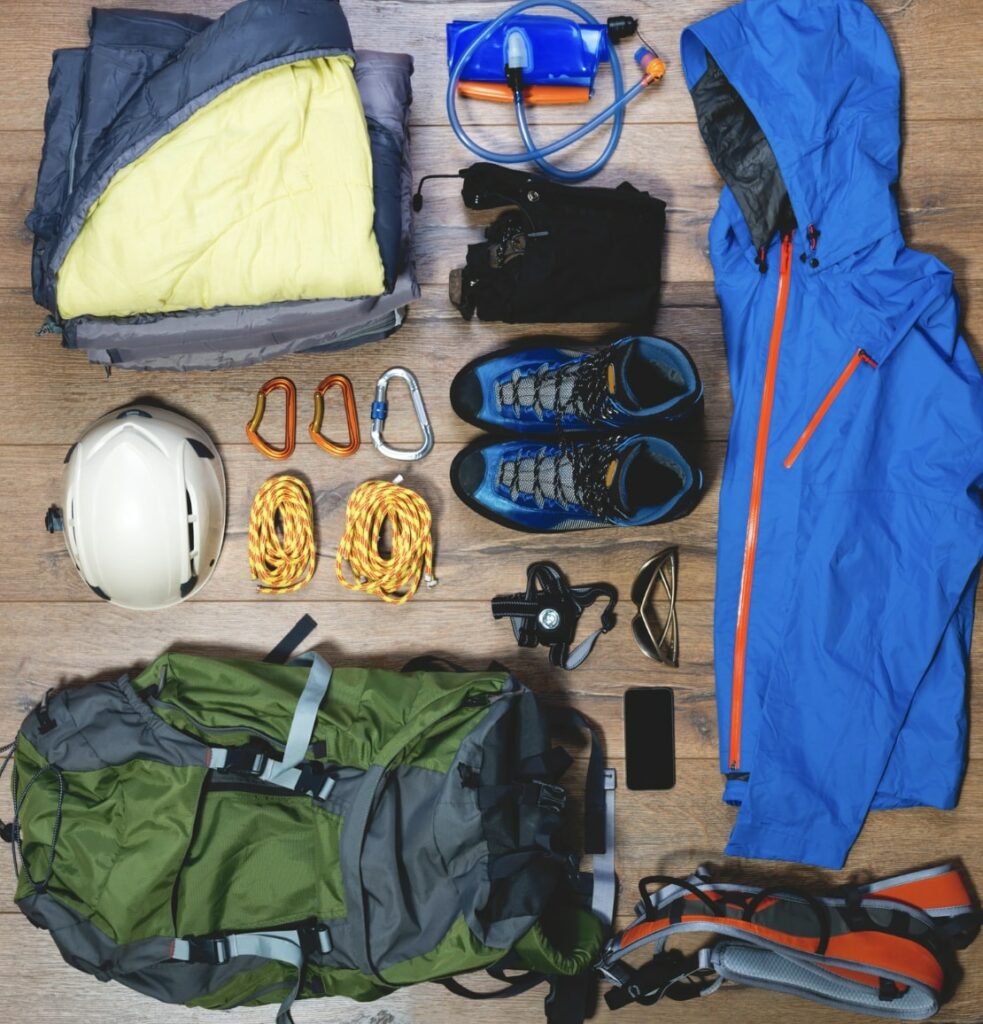Knowing When To Hang Up The Gear: A Comprehensive Guide to Retiring Climbing Equipment

As an avid rock climber, I’ve had the privilege to face some of the most exhilarating challenges nature can provide. One of the key lessons I’ve learned over time is the importance of maintaining, and crucially, knowing when to retire climbing gear. Rock climbing can be a dangerous sport, especially if your gear is not up to par. It’s vital to remember that no climbing session is worth risking your life using worn-out gear.
My climbing gear comprises a variety of equipment, including ropes, harnesses, carabiners, helmets, climbing shoes, and slings. Each piece of gear is subject to wear and tear over time and should be retired under certain conditions. For me, factors like the age of the gear, frequency and severity of use, visible signs of wear and tear, and the manufacturer’s recommendations are all key to determining when it’s time to retire a piece of gear.
Table of Contents
Understanding Your Climbing Gear
Climbing gear is as diverse as the sport itself. There’s your ropes, varying from dynamic to static types, each designed for specific climbing scenarios. Harnesses, though universally designed to keep you secure, come in many variations including those specialized for mountaineering, trad climbing, or sport climbing.
Carabiners can be locking or non-locking, designed for different purposes, from belaying to anchoring and more. Helmets, often overlooked, are lifesavers that shield you from falling debris and protect your head in case of a fall. Climbing shoes are the contact point between you and the rock; they range from comfortable, all-day shoes to more aggressive designs meant for challenging climbs. Finally, we have slings and other soft goods, used in creating anchors, extending placements, or even for carrying gear.
When Should You Retire Your Gear?
1. Ropes
Factors Affecting Gear Retirement: The main factors for ropes are the frequency and severity of use. Climbing Ropes used frequently and under harsh conditions tend to wear out more quickly. Falls, particularly high-impact falls, can significantly affect the integrity of a rope.
Specific Signs of Wear: Look for fraying, discoloration, soft or hard spots, and any spots where the core is visible (core shots). A rope that feels stiff or crunchy has likely suffered UV damage.
Retiring and Disposing: Ropes that show any signs of wear should be retired immediately for climbing purposes. Used ropes can be recycled or repurposed in a variety of ways – they can be used for crafting, creating home accessories, or as a sturdy line for non-climbing outdoor activities.
2. Harnesses
Factors Affecting Gear Retirement: Harnesses can be affected by age, frequency of use, and storage conditions. Harnesses stored in damp or UV-exposed conditions can degrade faster.
Specific Signs of Wear: Signs of wear include fraying, discoloration, or wear in the belay loop or tie-in points, as well as any signs of structural compromise.
Retiring and Disposing: When a harness shows signs of wear, it should be retired from climbing use. The material from old harnesses can often be recycled, depending on the manufacturer’s guidelines.
3. Carabiners
Factors Affecting Gear Retirement: Carabiners can be worn out by heavy use, especially under loads that create friction, such as when belaying or rappelling.
Specific Signs of Wear: Look for grooves worn into the metal, malfunctioning gates, or rust.
Retiring and Disposing: Retire carabiners showing any of these signs. Some metal recycling facilities may accept old carabiners.
4. Helmets
Factors Affecting Gear Retirement: A helmet should be retired after any significant impact, even if no visible damage is present, as microfractures can compromise the integrity of the helmet.
Specific Signs of Wear: Check for cracks, dents, or any other form of structural damage.
Retiring and Disposing: Retire helmets immediately if they show any of these signs or after a significant impact. Helmets can be recycled, depending on their materials.
5. Climbing Shoes
Factors Affecting Gear Retirement: Shoes can wear out with frequent use, especially when used on rough rock types.
Specific Signs of Wear: Look for worn down soles, holes in the rand (the rubber that wraps over the toe), or areas where the shoe is delaminating.
Retiring and Disposing: Climbing shoes with these issues should be resoled or retired. Some cobblers specialize in resoling climbing shoes, extending their lifespan.
6. Slings and Other Soft Goods
Factors Affecting Gear Retirement: UV exposure, age, and frequency of use are the main factors for retiring these pieces.
Specific Signs of Wear: Look for discoloration, fraying, or loss of elasticity.
Retiring and Disposing: Slings showing signs of wear should be retired. Retired slings can often be repurposed for non-climbing uses, but ensure they are clearly marked or altered to prevent future climbing use.
In Conclusion
Safety is paramount when it comes to climbing. Regular gear inspection and mindful usage are habits every climber should develop. I cannot stress enough – never exceed the recommended lifespan of gear, regardless of its sentimental value or cost.
So, take a good look at your gear today, and when in doubt, retire it out. Stay safe and enjoy the climb!


Deeba & Matt
About the Authors
Intrepid content creators and relentless hiking enthusiasts. With a passion for travel and adventure, Matt & Deeba are never one to shy away from a daring challenge.
